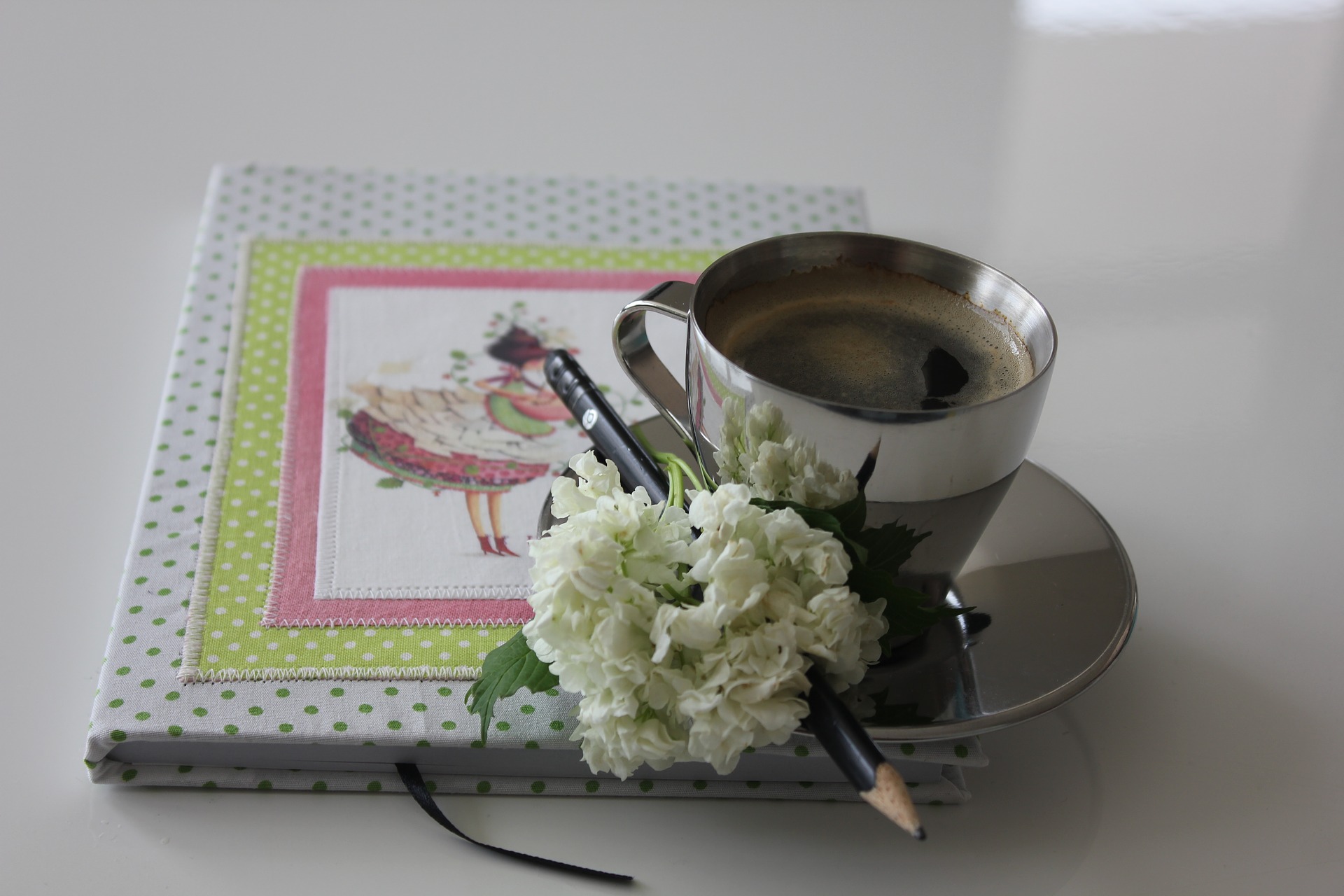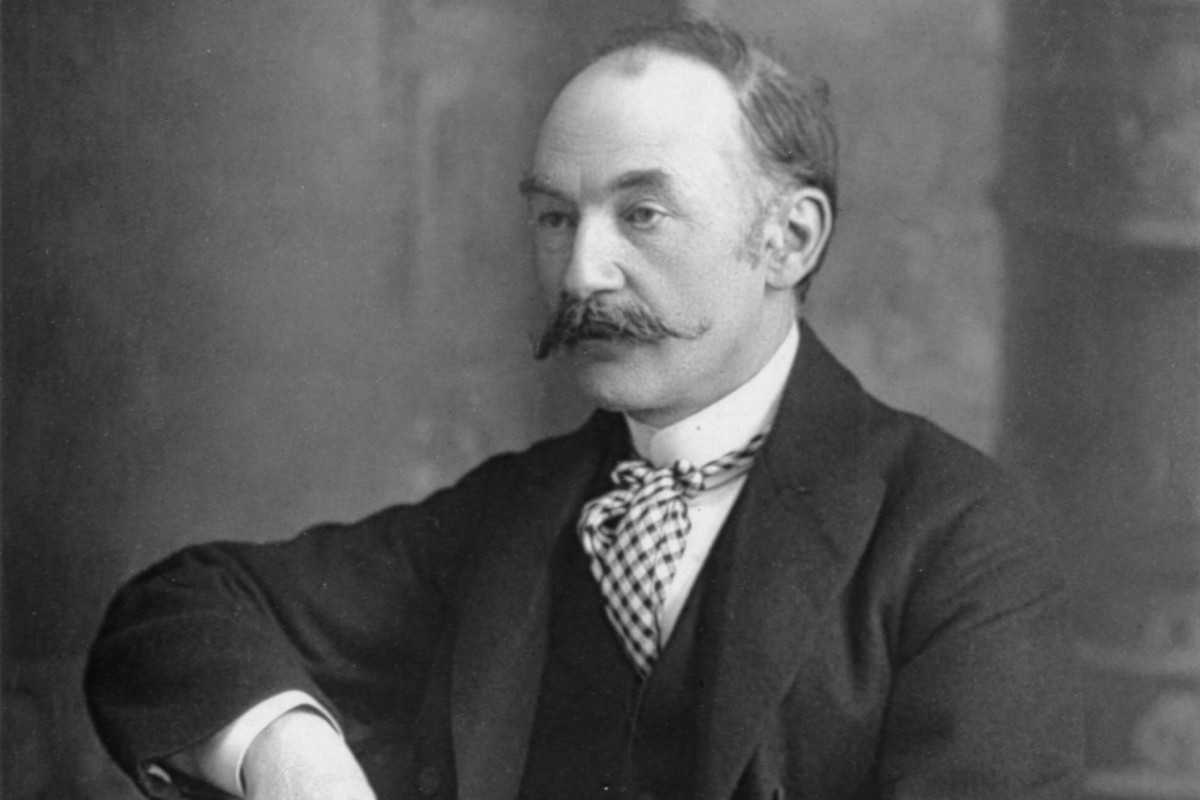Primarily speaking of his philosophical outlook, Thomas Hardy was a man of intensity, and his poems are a reflection of that vehement personality. He is perhaps better known as a novelist, but his poems have been described as musical, powerful, and often mournful. The poem, The Darkling Thrush, is an honest example of his classic style. Through the bleakness of the landscape, the narrator muses over the problems of mortal life on the eve of the century’s finale. In this poem, we can observe the poet’s preoccupation with time, change, and remorse.
The poem was first published in The Graphic on 29 December 1900 and was originally titled “The Century’s End 1900”. The poem unfurls on closure and is a dark yet hopeful meditation on how death precludes birth, and the cycle is never broken. It is also haunting scrutiny of Victorian society and its intellectual progress contrasted by its socio-cultural failings. The poet experimented with meter and stanza forms producing a huge variety of verses. He also used colloquial language in his literary works, which was partly inspired by fellow Dorset poet William Barnes.
The Darkling Thrush: Tone
Hardy’s analysis of human life is based on characters or poetic figures who are types rather than solid individuals. Their being is seen in relation to other things, such as the moody weather, the seasons, and the changing views of the terrain. The statement that Hardy was a pessimist needs no argument or proof. In his scheme of the universe, no reconciliation is possible between man’s aspirations and the forces of nature, including those of his own nature.
Hence the tone of despair in this poem is easily detected, but this expression is indicated towards the decline and decadence of modern civilization. The poem begins on a tone that suggests a dull and drab winter evening; the tangled crooked stems against the grey darkening skies are all indicators of the storm brewing inside the poet’s mind as in the lines – “And Winter’s dregs made desolate / The weakening eye of day. / The tangled bine-stems scored the sky / Like strings of broken lyres”. This melancholic atmosphere continues and develops in the second stanza of the poem, and the tone spirals further into despair. The primary concern in negative anticipation of an already bleak future at the turn of the century frames the following lines – “The land’s sharp features seemed to be / The Century’s corpse outleant, / His crypt the cloudy canopy, / The wind his death-lament.”
Then in the third stanza, the poem arrives at its climax, as we are introduced to a fragile and vulnerable against the cold little thrush bird and its contrasting yet powerful cry of joy. The tone of the poem in this instance is one of disbelief and surprised amazement as derived from the lines – “At once a voice arose among / The bleak twigs overhead / In a full-hearted evensong / Of joy illimited; / An aged thrush, frail, gaunt, and small” In the last stanza, the tone of the poem converts from astonishment to a perplexed contemplation regarding the yet undiscovered mysteries of life, as expressed in the lines – “Some blessed Hope, / whereof he knew / And I was unaware.” Therefore, the poem’s tone is one of dejection and hope in the face of the vast uncertainty.
The Darkling Thrush: Themes
There is a very particular theme of nature that pervades through all of Thomas Hardy’s works. Although modernization had drawn man away from the influence of nature saddened the writer, he did not always portray nature as a benevolent presence. Essential and powerful for life but not necessarily compassionate at all times. In this poem, nature at first appears to be a separate and unsympathetic entity bearing down against all forms of life as a sort of punishment in the form of cold, harsh frost, and winds of winter. But he also advocates the idea that where nature punishes, she also teaches and gives hope and consolation in the form of warmth in “household fires” and happy encouragement in the form of the song of a weak bird, which is far more subject to danger in the icy landscape of winter than human beings and yet so much more enlivening and spirited.
Hardy was a celebrated poet of Victorian society, but he never could really adjust to the ideals of his times. In fact, he has more in common with the modern critical thinker in terms of moody isolation and solitude. He had a very set notion about life and human beings in general. He could not accept the negative criticism that he received for these ideas represented in his writings, which drove him to near seclusion. In this poem, the narrator also seems to be secluded and solitary in his musings, looking back at the events of the past century and darkly speculating about the coming one.
While other people at this season avoid the cold and spend time in each other’s company inside the warmth of their houses to celebrate the coming of a new era, the narrator stands outside in isolation embracing the bleak atmosphere, probably by choice, only to mourn the death of the century gone by. Hence, The Century here is personified as a human corpse and hence, relates more than just lapsed time. The abject bareness of the landscape devoid of any other person is possibly a metaphorical theme for some painful personal grief that the poet must deal with in abject loneliness.
The poet’s occupation with death and regeneration also creates a theme in this poem. He describes the death of the century through vivid imageries that are grotesque and compelling and relate the poet’s thoughts on human mortality and his probable fear of it. The words “shriveled” and “dry” and “fervourless” all denote a lifelessness that deeply disturbs the poet and troubles the mind. The absence of the ancient pulse of germ and birth fills the poet with dread over decay and inaction. The winter seems to be consistent and pervading, not a seasonal change expected to pass. But the theme of unbridled and unexpected joyous hope changes everything. You can also refer to The Darkling Thrush: Poetic Devices here.
Some online learning platforms provide certifications, while others are designed to simply grow your skills in your personal and professional life. Including Masterclass and Coursera, here are our recommendations for the best online learning platforms you can sign up for today.
The 7 Best Online Learning Platforms of 2022
- Best Overall: Coursera
- Best for Niche Topics: Udemy
- Best for Creative Fields: Skillshare
- Best for Celebrity Lessons: MasterClass
- Best for STEM: EdX
- Best for Career Building: Udacity
- Best for Data Learning: Pluralsight








